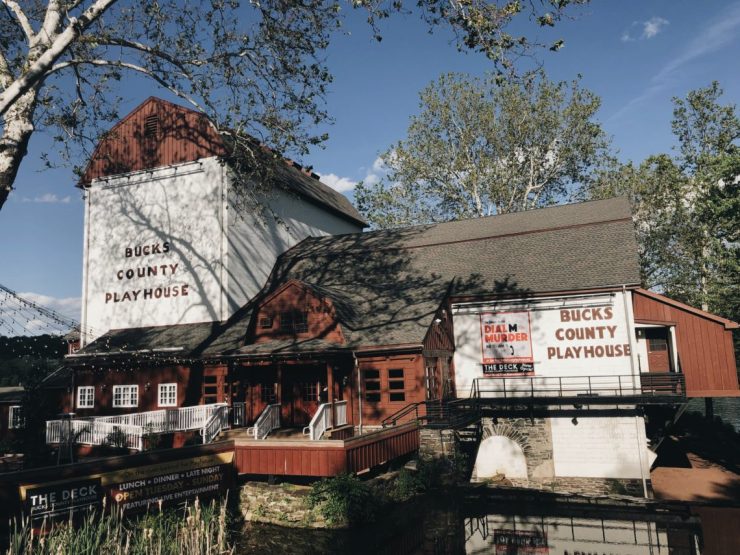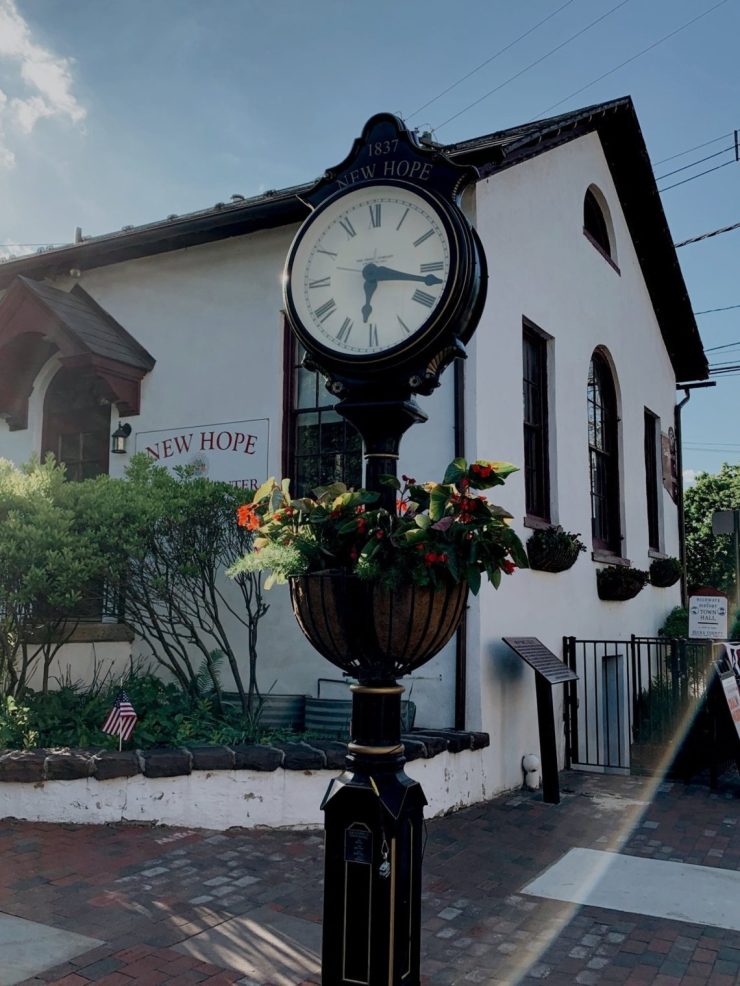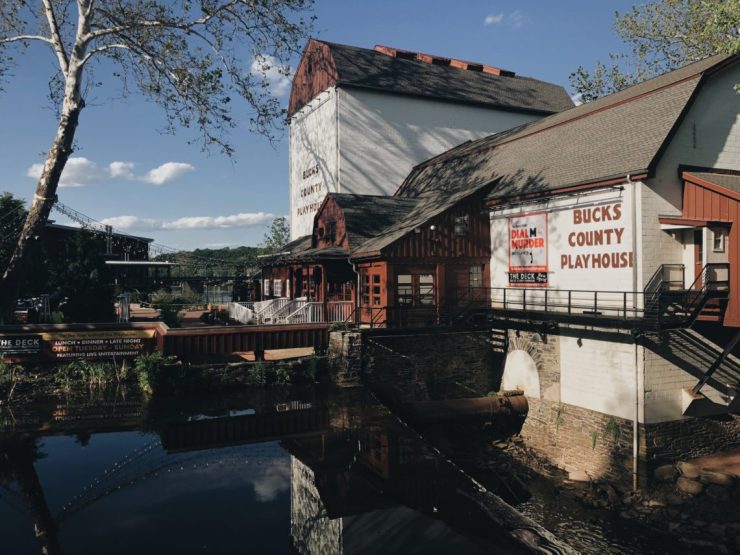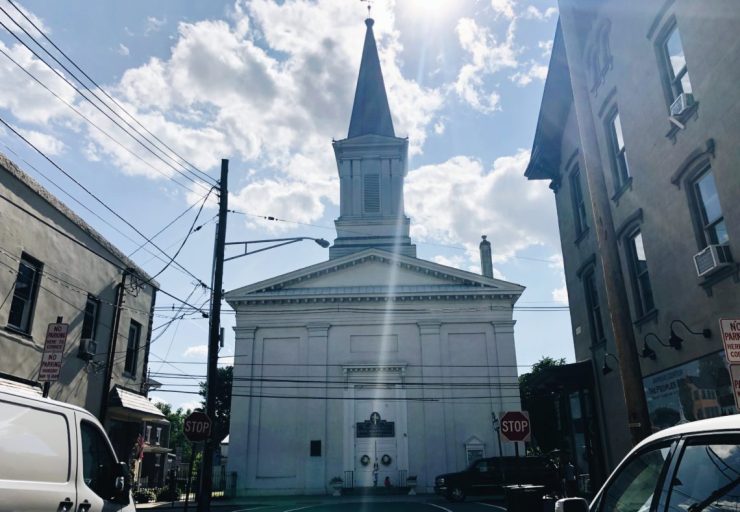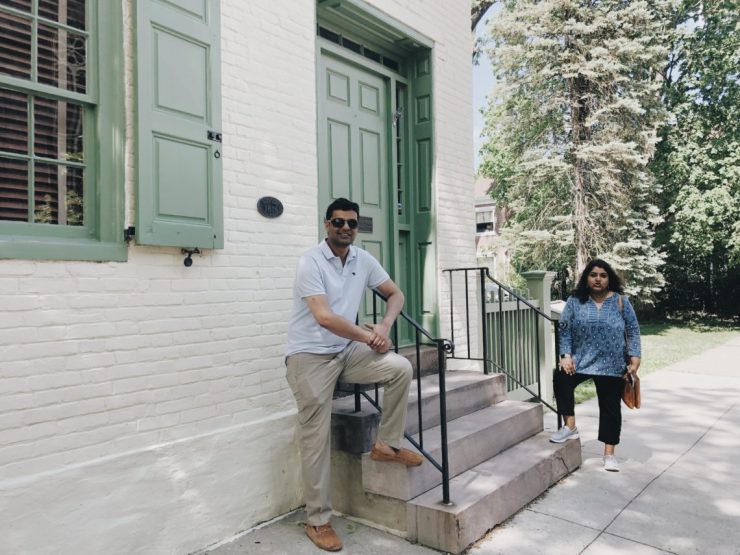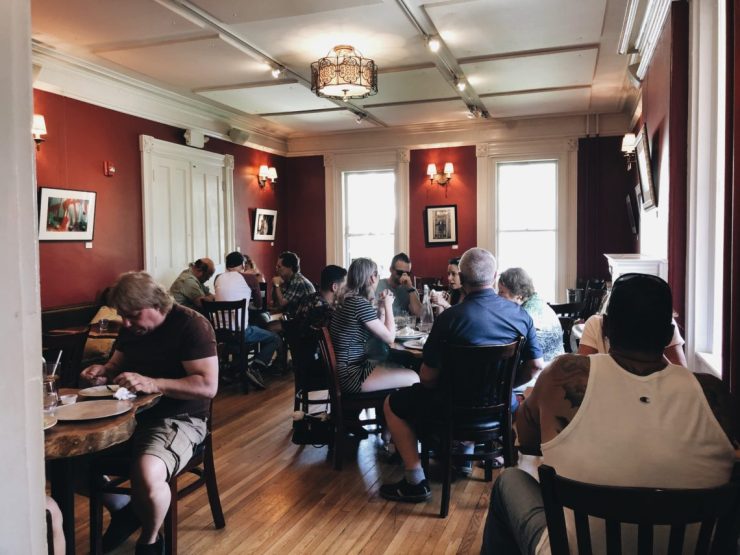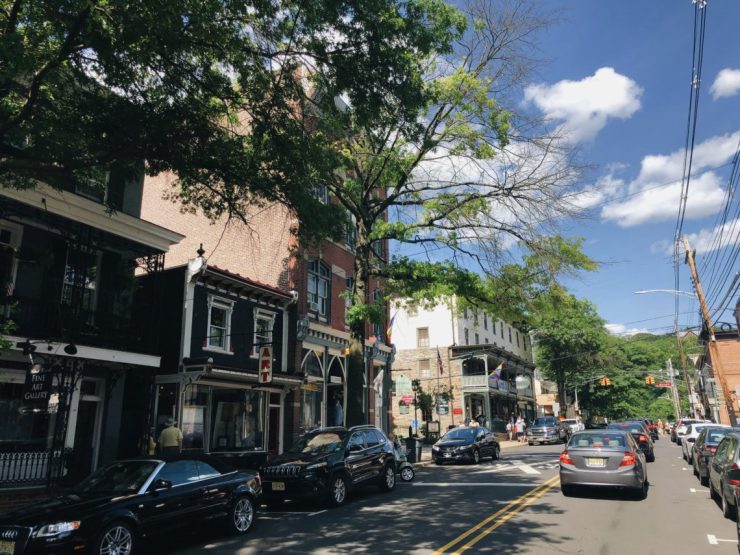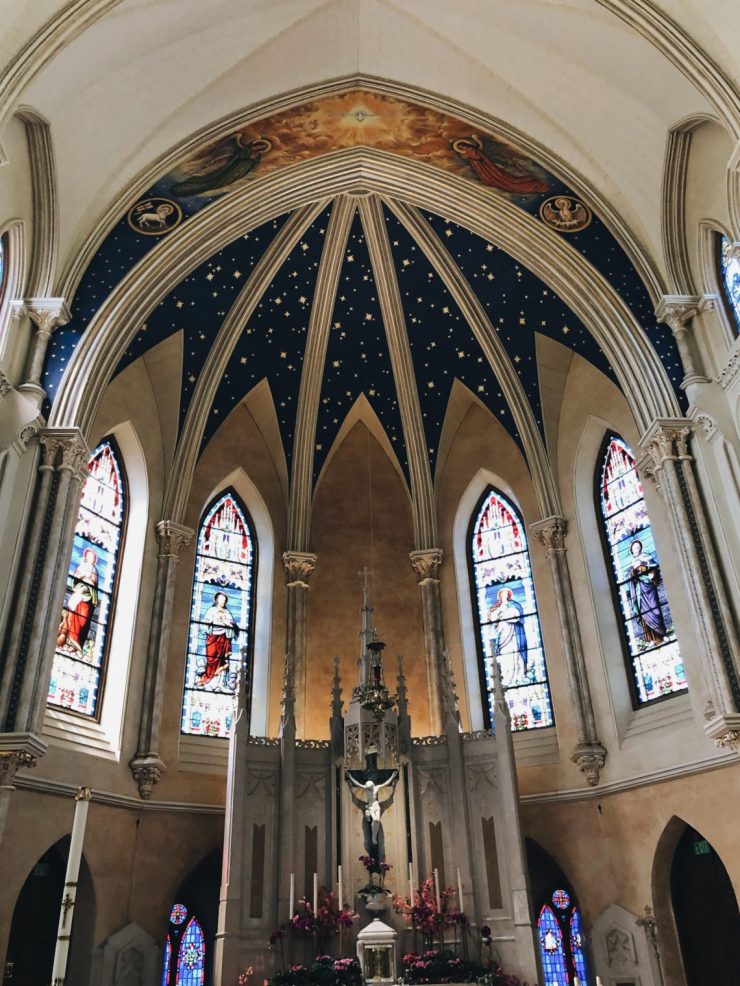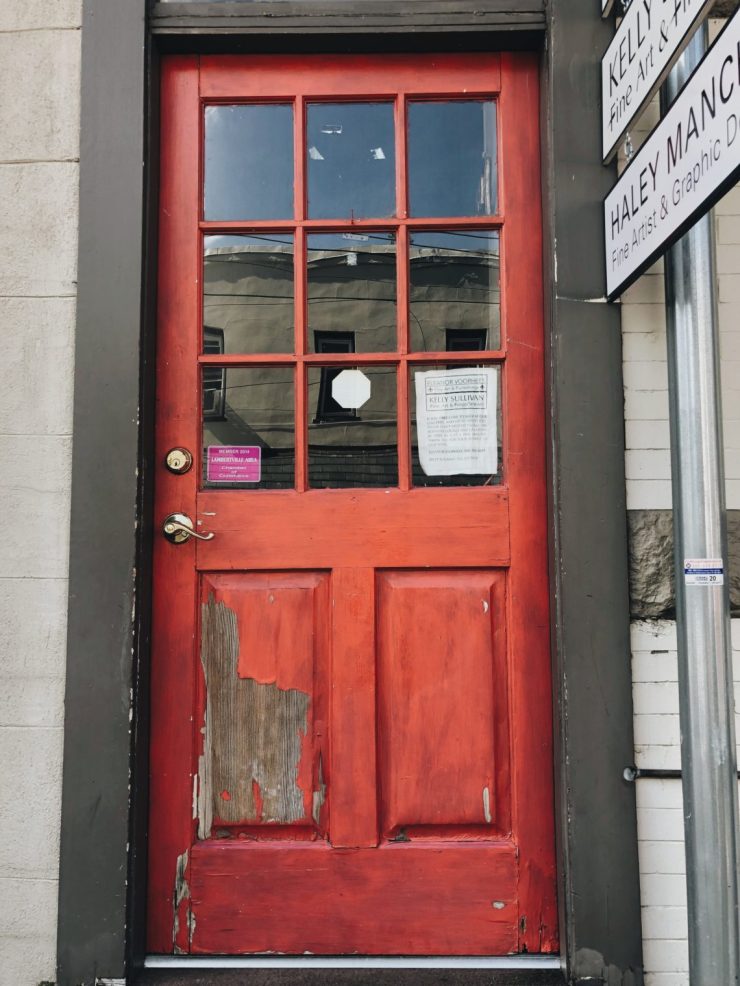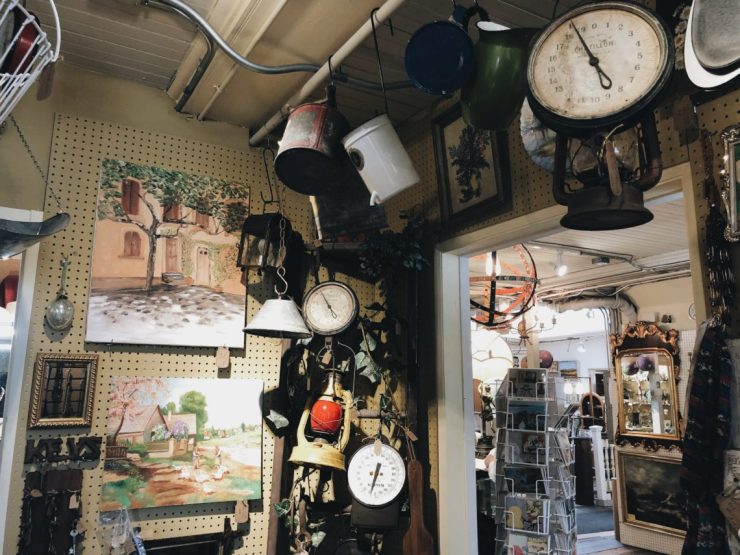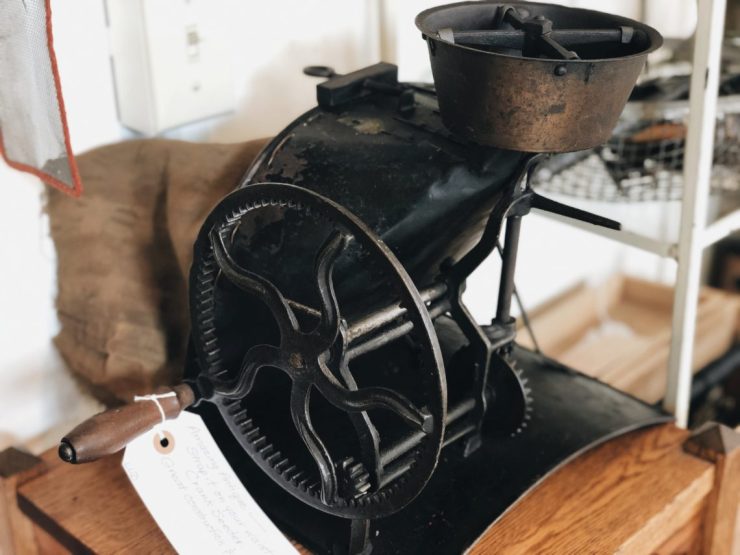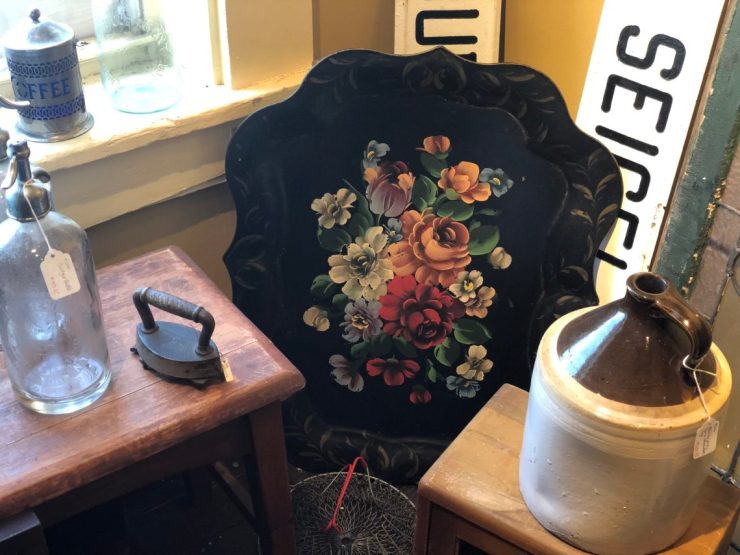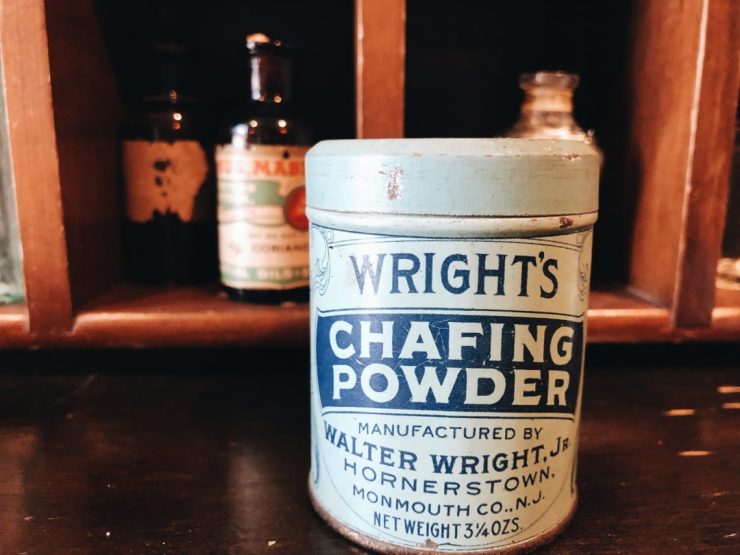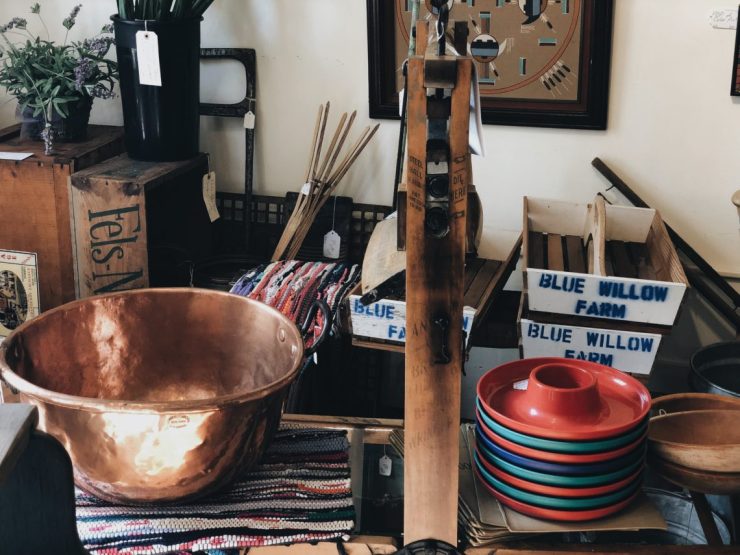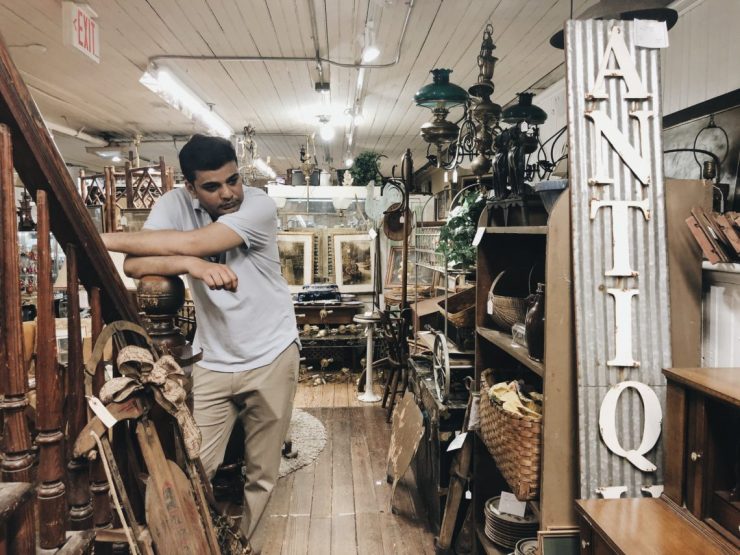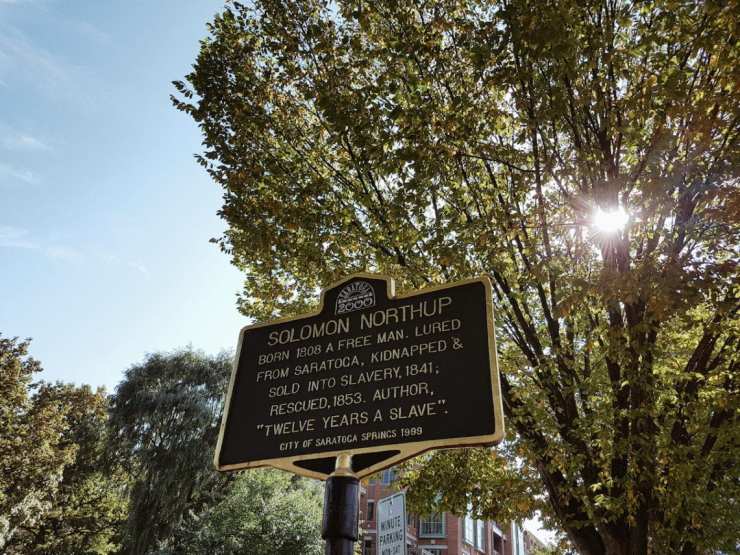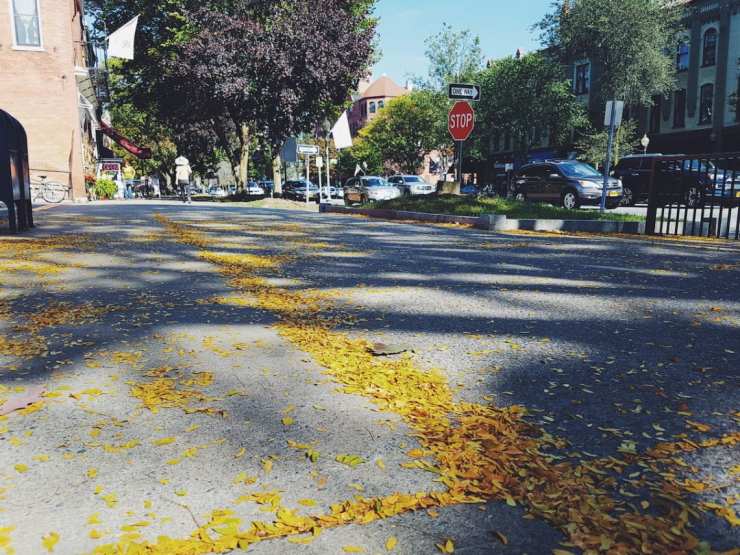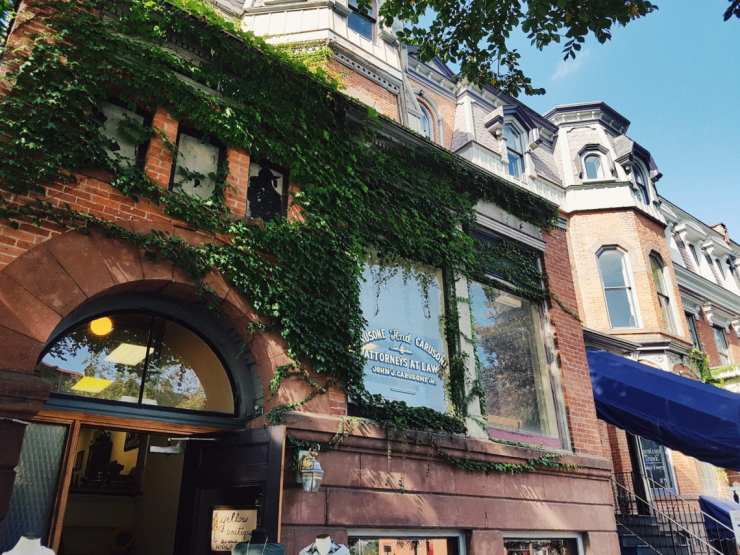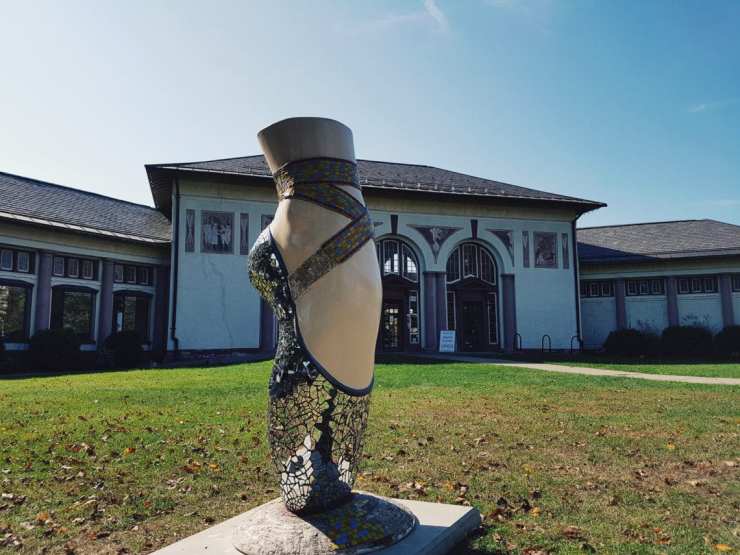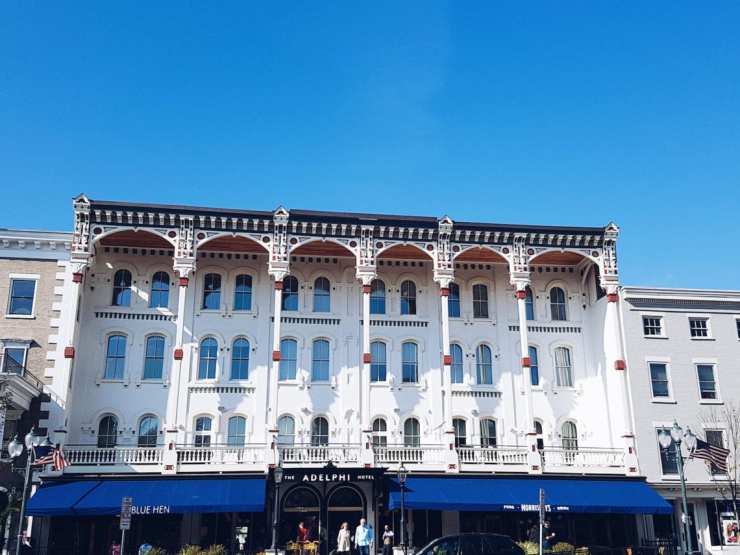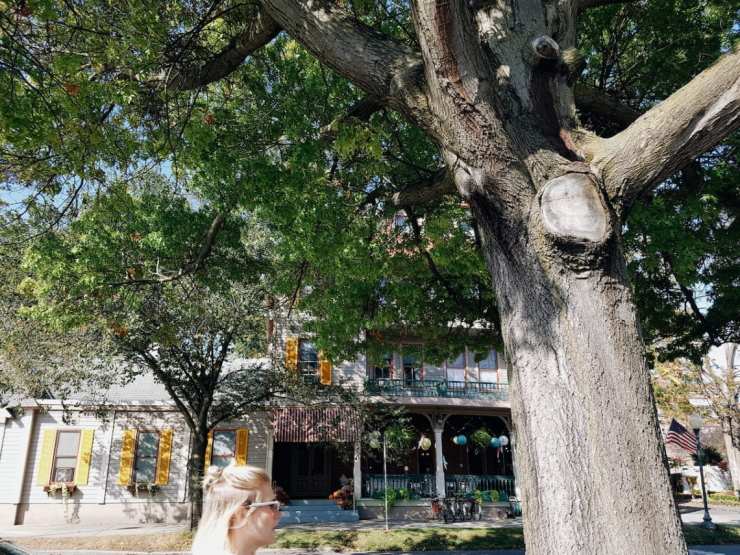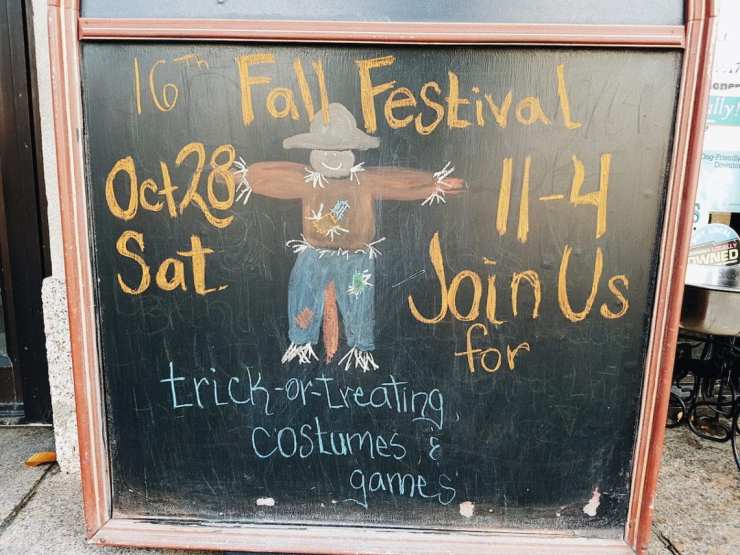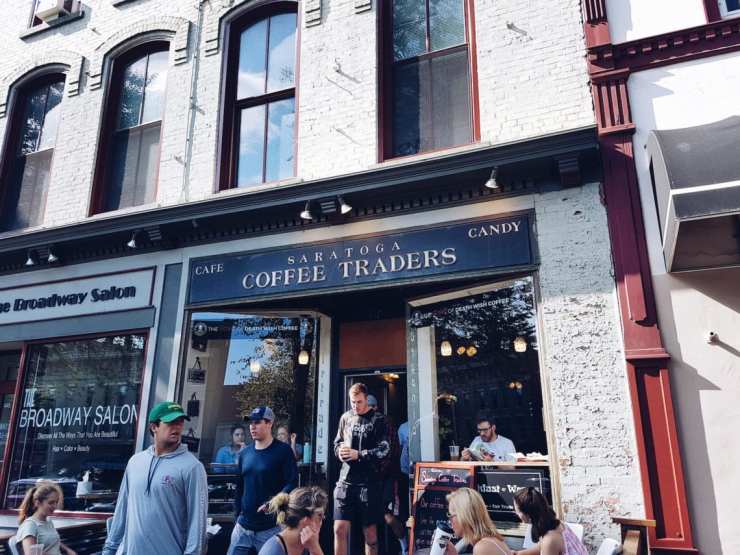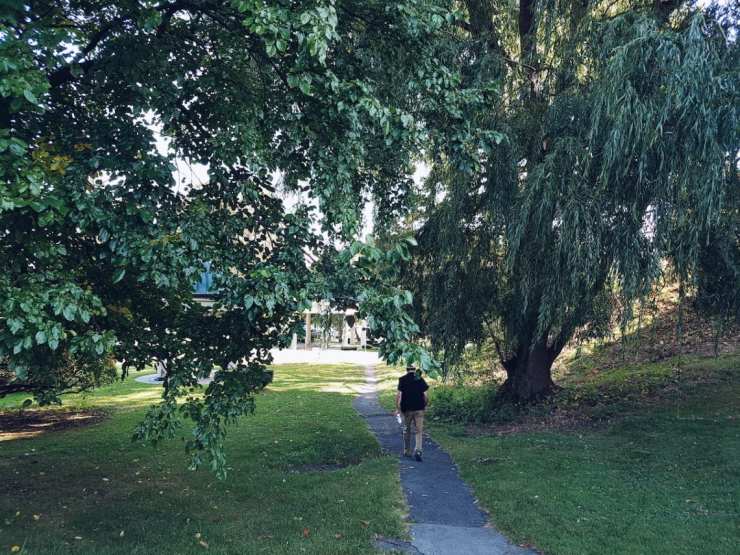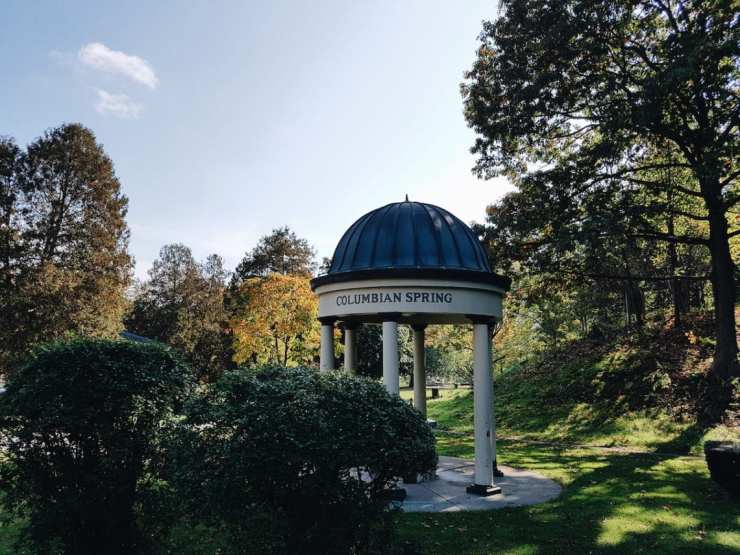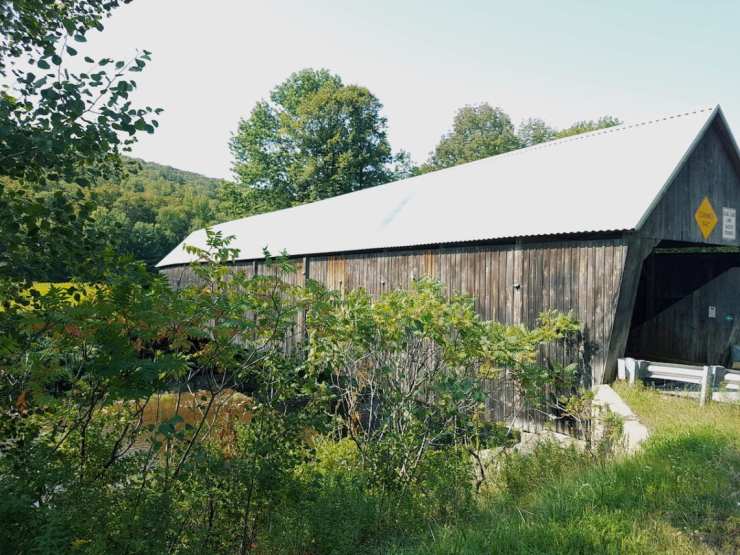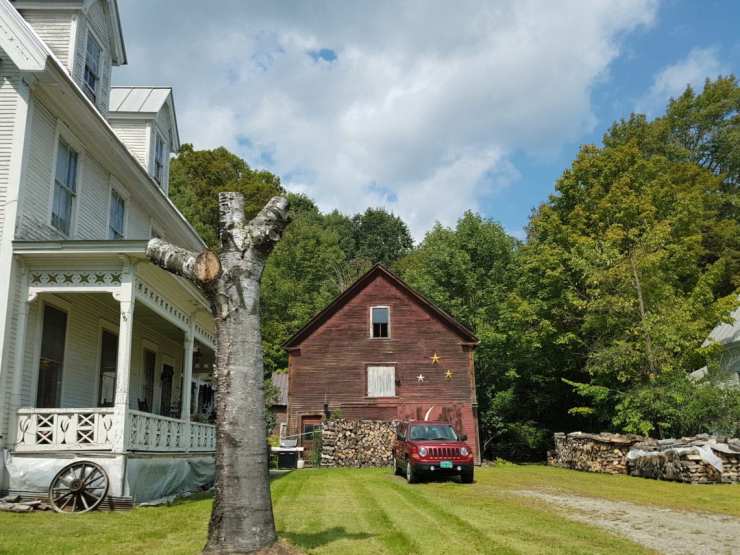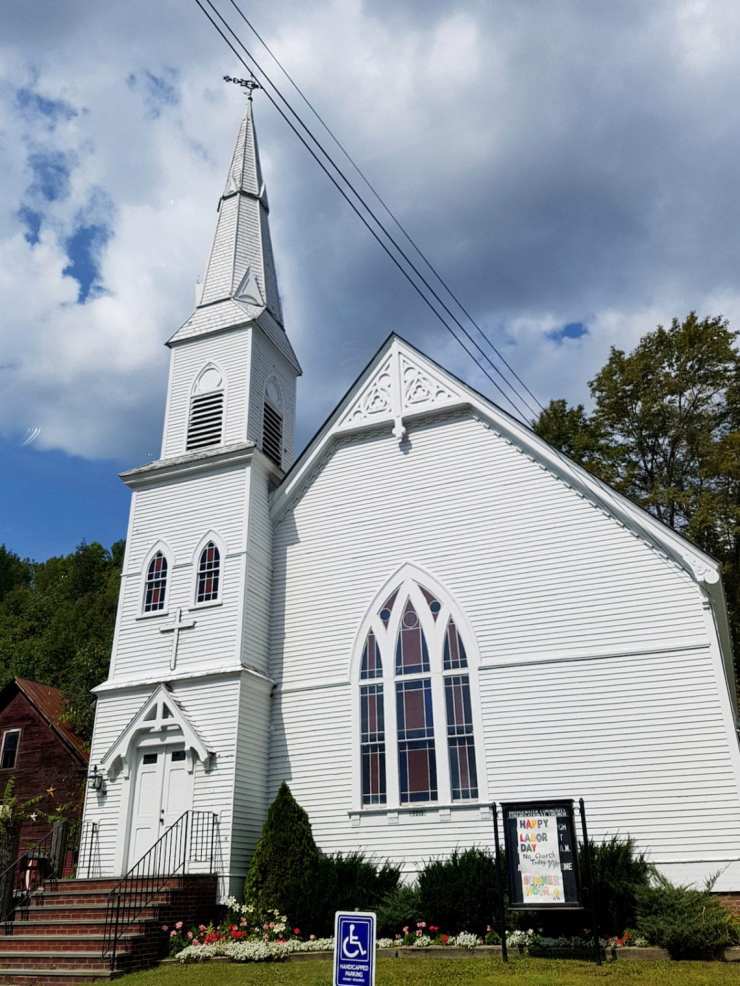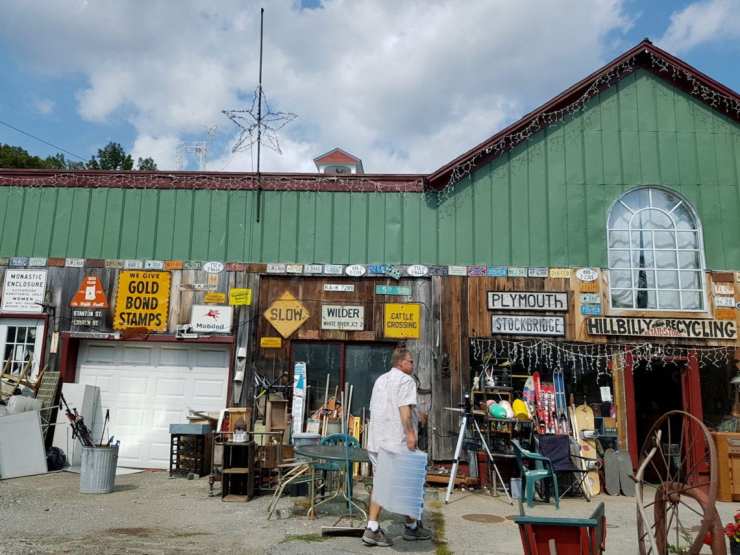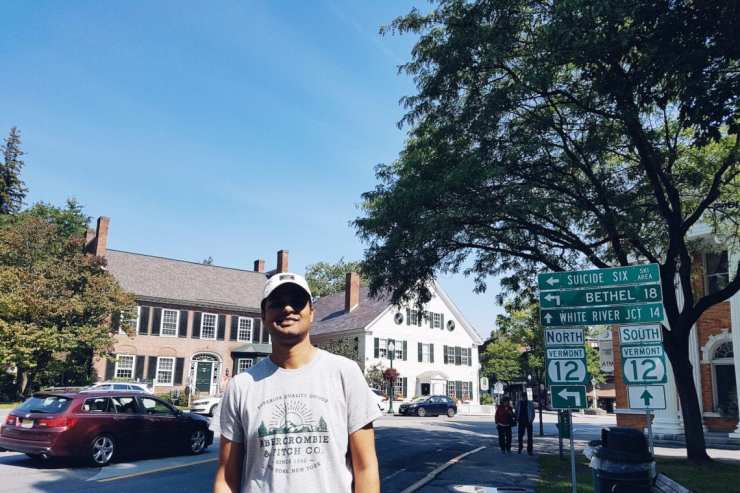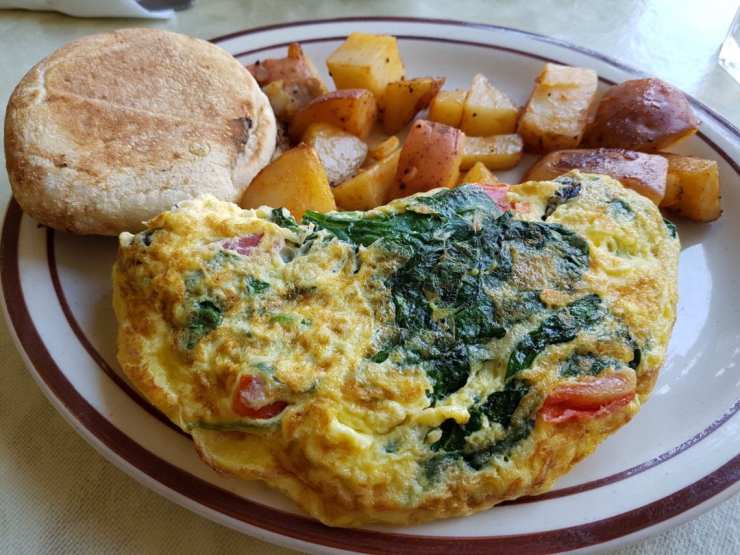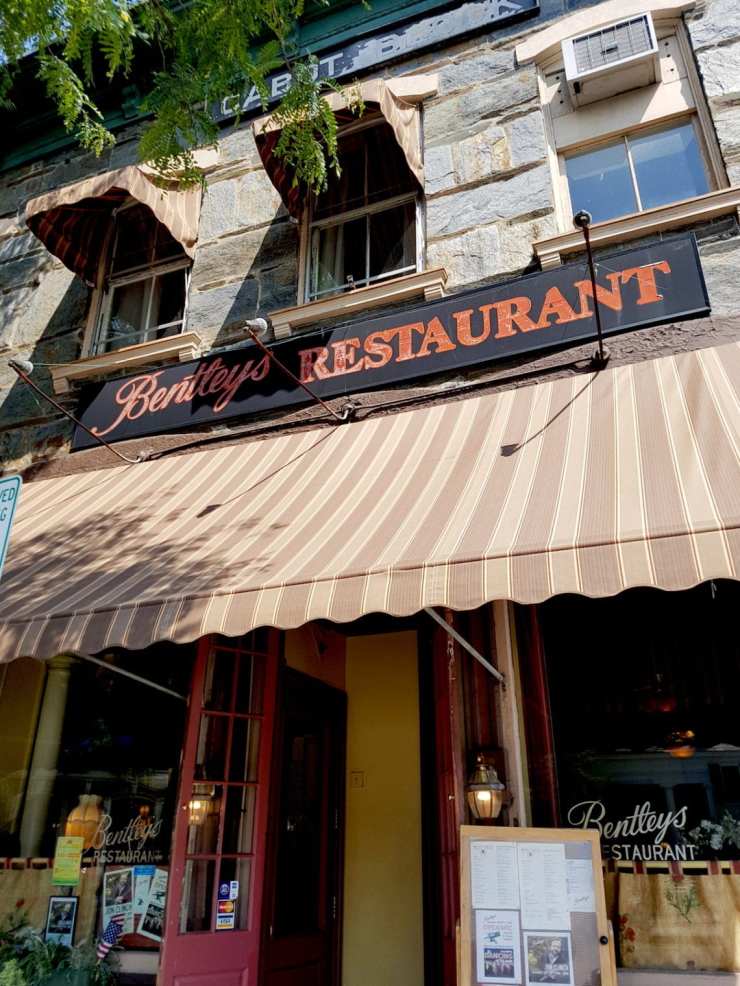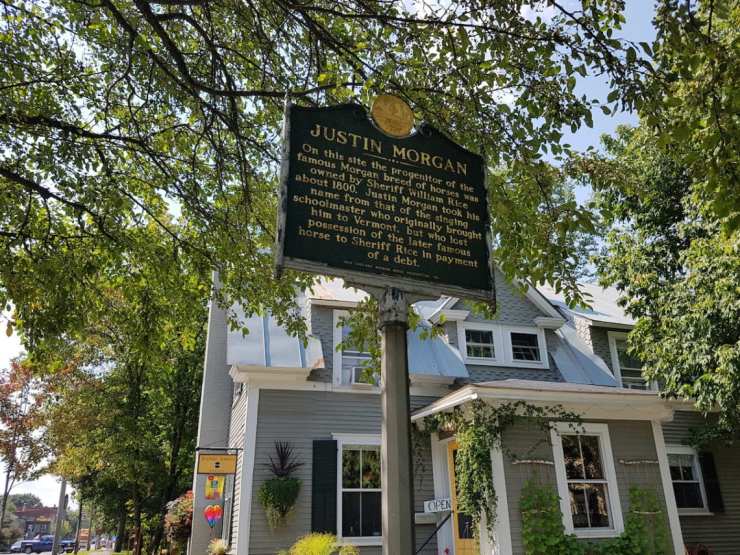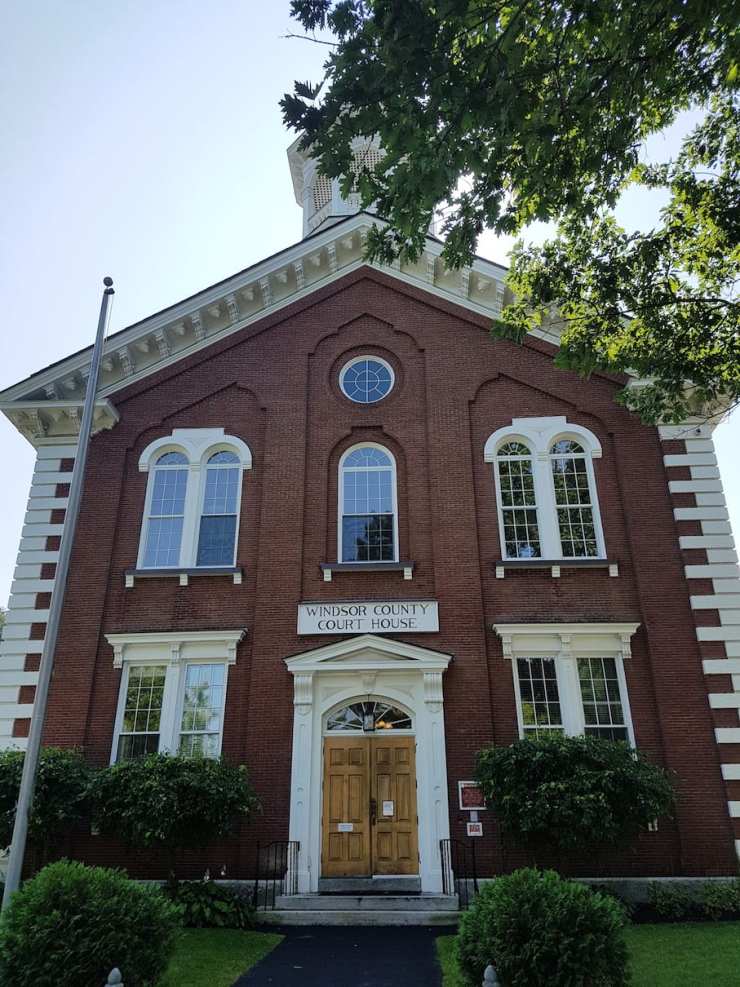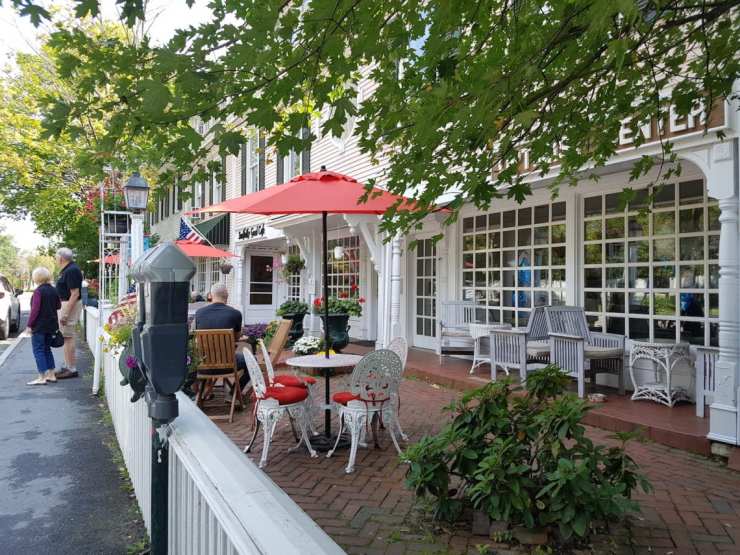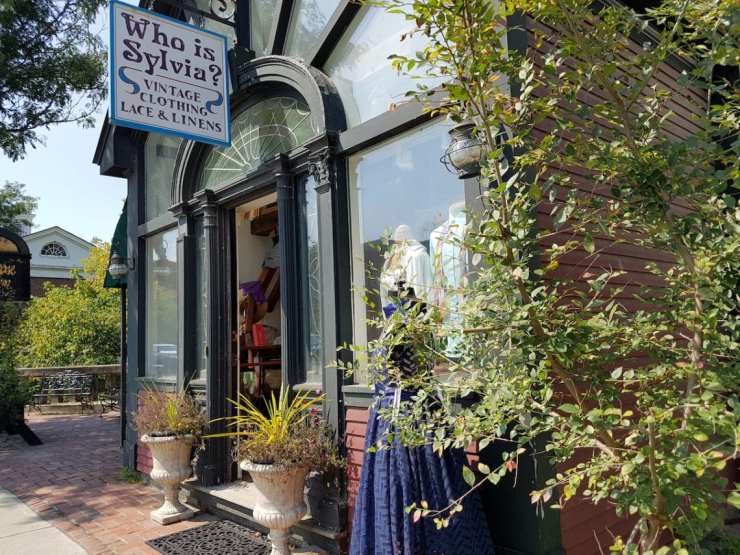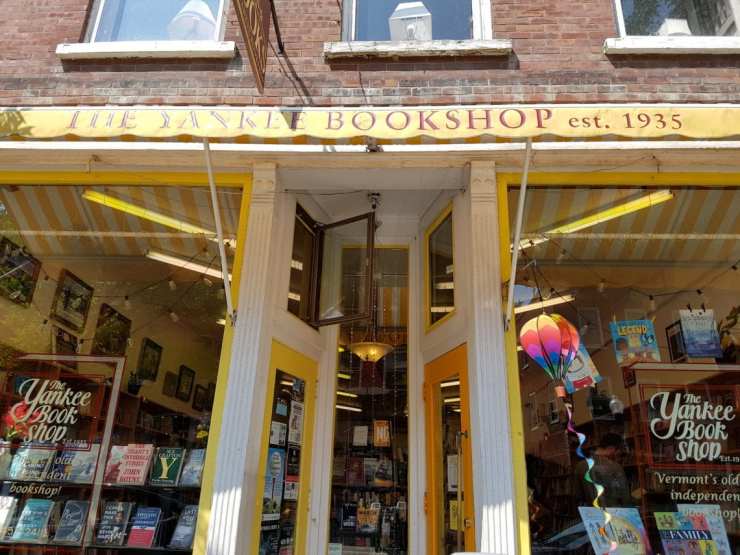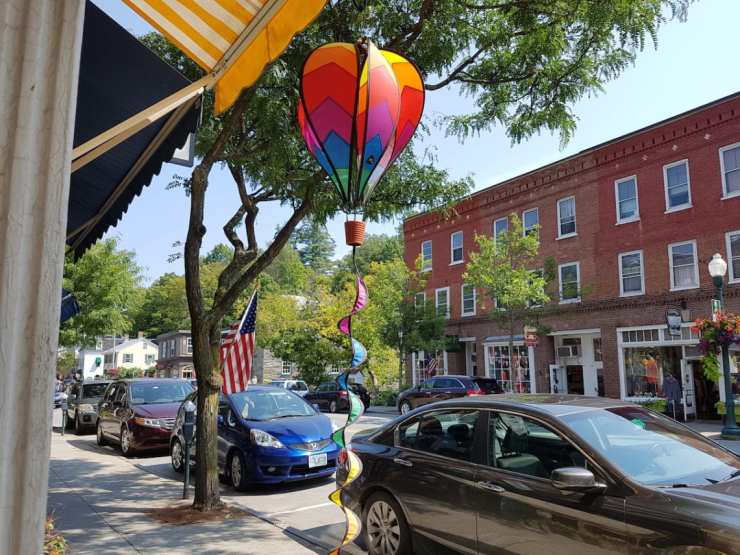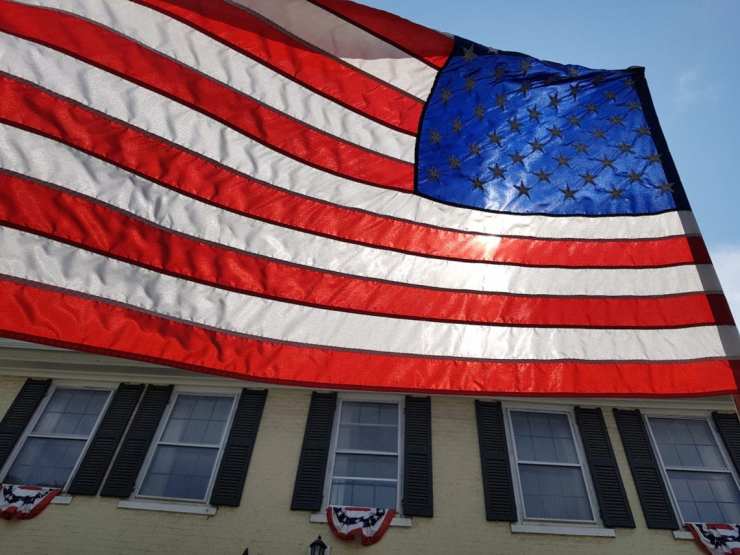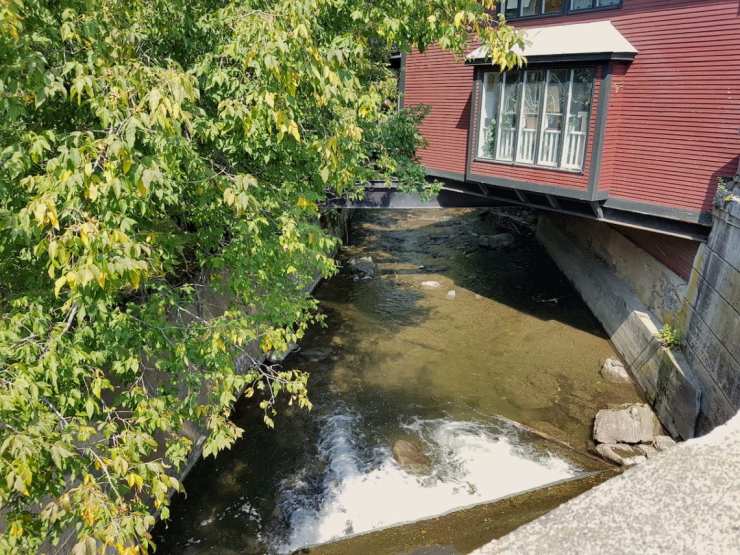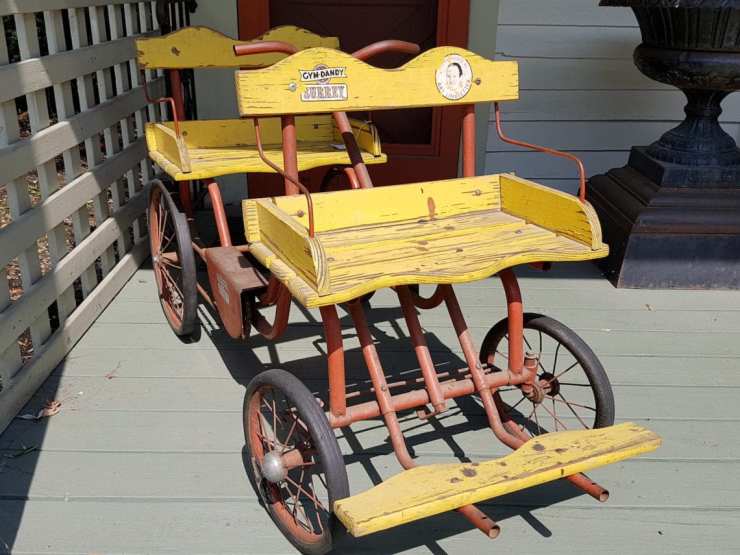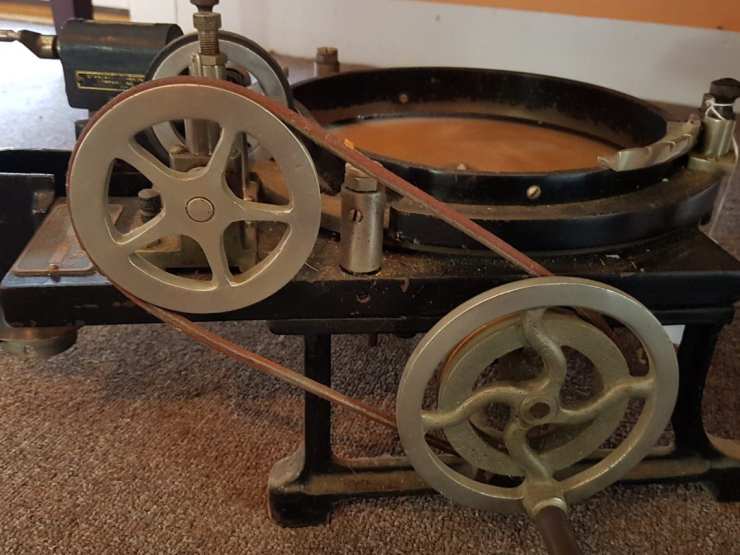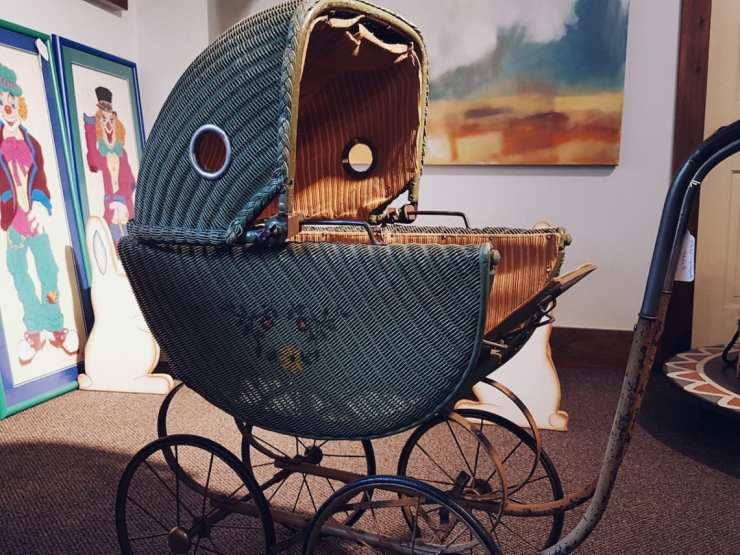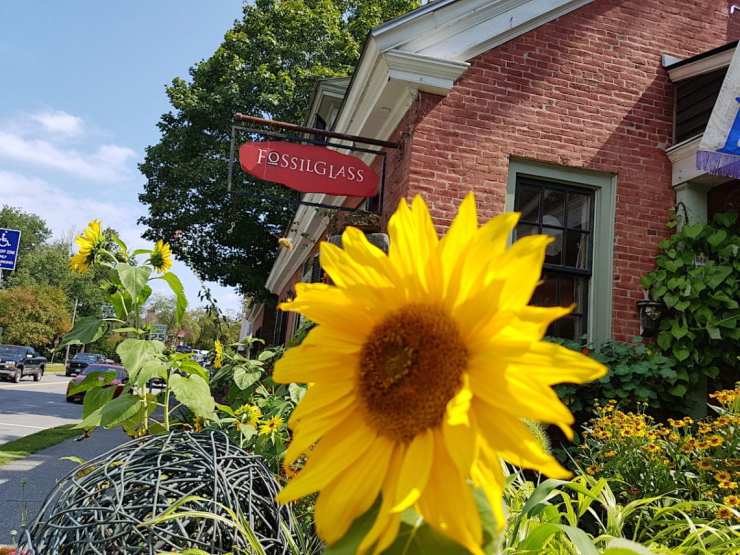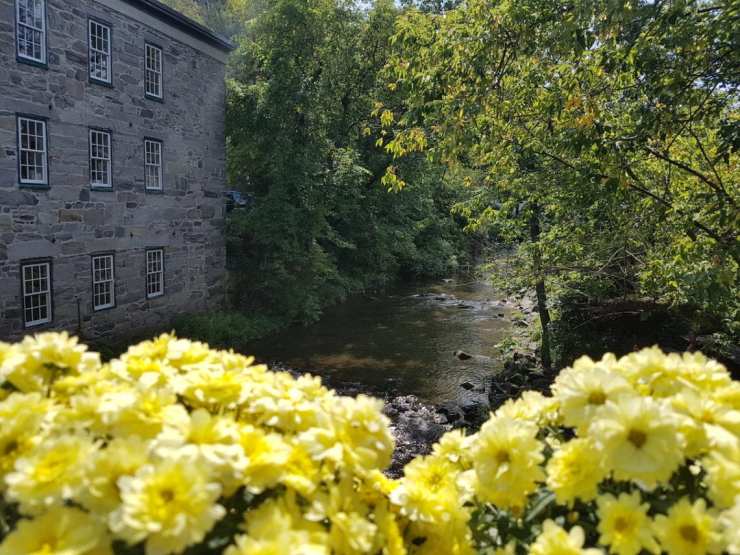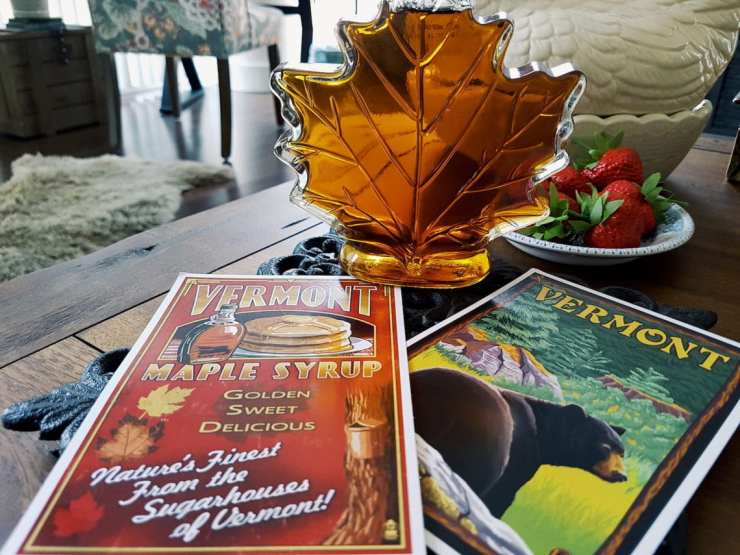An old grist mill caught my eyes. I was standing at the edge of the green truss bridge in Lambertville that spans the gentle Delaware and opens up to a twin town which does not however lie in New Jersey. Cross a line on the bridge and you find out that you have left the state of New Jersey behind; that now, my darling, you have entered the state of Pennsylvania.
With just the crossing of a bridge, we were in another town.
New Hope of the Lenni Lenape Indians; of a thousand acres of land gifted by King Charles II to a certain William Penn; of a succession of men who operated ferries and mills; of an industrial past riddled with working mills and the legacy of a small community that worked hard to produce paper, quarry stones and grind grains. That is till a bohemian lot of artists were attracted to the picturesque quality that this town presented with its farrago of farmhouses, mills and barns, creeks, and the river that slips gently by it.
Towards the end of the 1930s, a group of aesthetes bought the grist mill that you see in the lead picture. They transformed it into a summer theatre. The Bucks County Playhouse, where so many famous actors and actresses honed their trade before they tried their luck on Broadway. That is how artists put New Hope on the map for art aficionados. And then, the rest of us followed on a day drenched with sun, filled with hope about this town that called itself New Hope. Note that the mills had their say in deciding its title for there were the Old Hope Mills which burned down, only to be replaced with mint-fresh mills built as the New Hope Mills.
Right from the main street where the bridge disgorged us, we were hard pressed for which direction to take. But there was no chance of leaving any road unexplored here. There was a roll-call of restaurants and cafes, ice cream shops, hippie shops selling harem pants and Buddhas, decor stores where you could step in and complete wooden jigsaw puzzles only to find some pieces broken, gourmet popcorn shops, food markets promising a tantalising mix of world cuisine…and then there were charming old properties, stone houses and mansions. And a stone bridge below which a somnolent creek crawled past the photogenic grist mill of my fancies before it emptied into the Delaware river.
So what did we do? We ambled around as much as one could; had strange conversations with mothers holding onto occupied loos for their sons; scoffed delicious ice creams; bought popcorn; realised that a credit card had gone missing and which therefore an irate husband rushed to retrieve with remarkable scowls and mutterings; and perched ourselves at a quiet bar humming with couples, by the creek.
Weeping willows hanging shyly in veils of green around us, the waters of the creek sliding by in smooth emerald sheets while all along catching the reflection of leafy trees lining its banks and the dappled sunlight, and flights of sparkling wine. We were caught in the moment.

